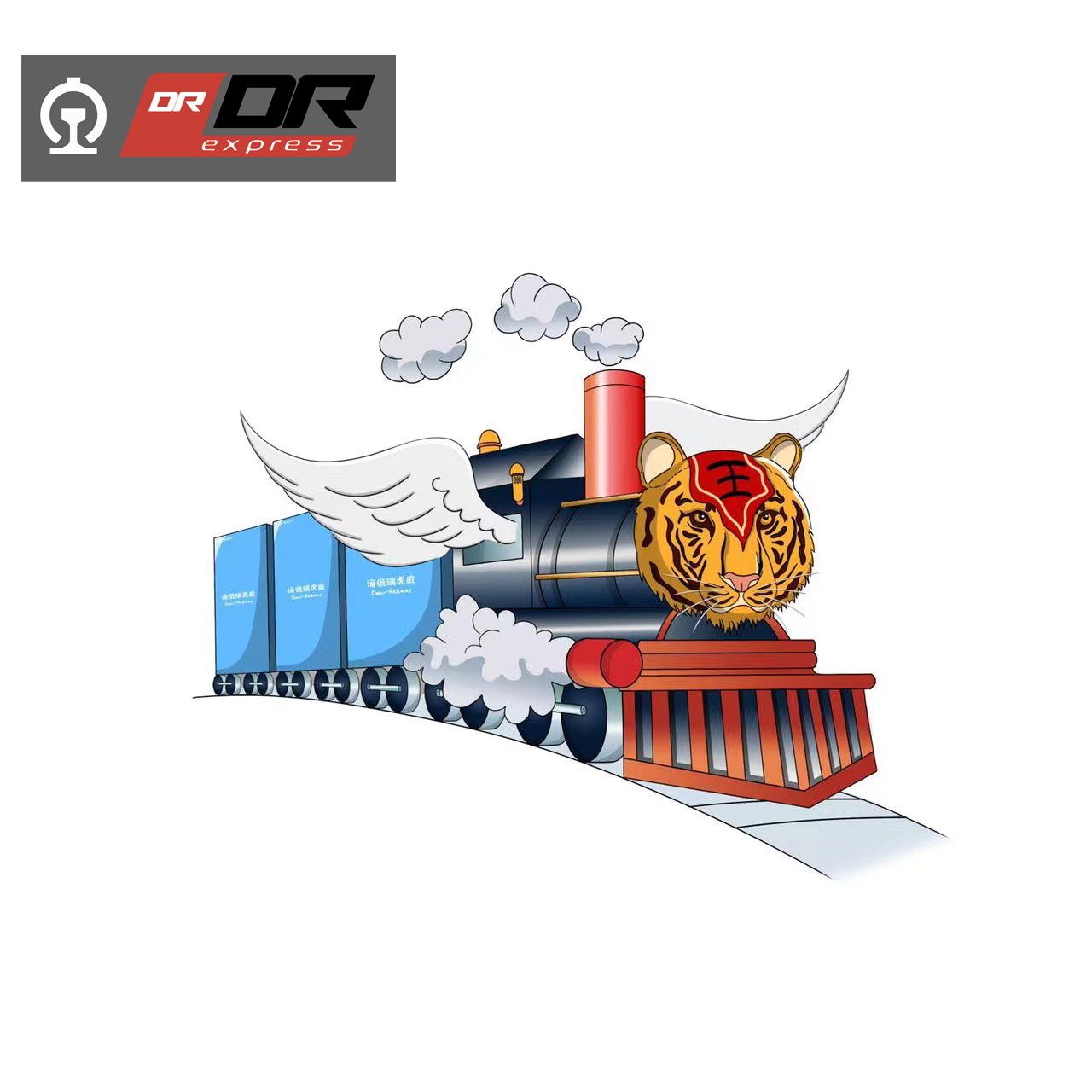
From agricultural products, energy, infrastructure to tourism, and people-to-people and cultural exchanges, the China-Central Asia Summit has reaped a lot of results.
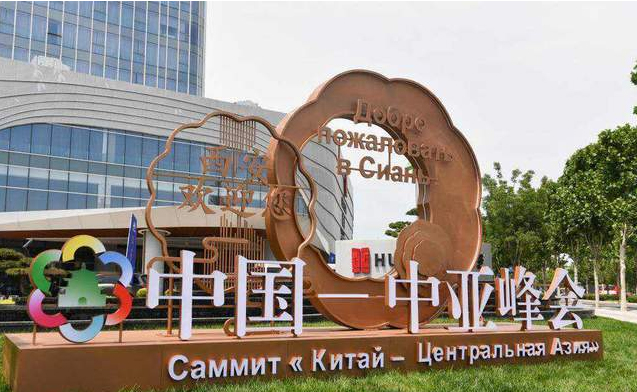
According to the information on the website of the Ministry of Foreign Affairs, from May 18th to 19th, the China-Central Asia Summit was held in Xi'an, Shaanxi Province. During the summit, China reached a series of consensus on cooperation with the five Central Asian countries.
This summit can become a stable mechanism for the development of relations between China and Central Asian countries. Under this mechanism, whether it is security, economic, trade, cultural and other cooperation, there are relatively solid support points.
According to data from the Ministry of Commerce, since the establishment of diplomatic relations, the trade volume between China and the five Central Asian countries has increased from US$460 million in 1992 to US$38.6 billion in 2020. Last year, the total trade volume between China and the five Central Asian countries exceeded 70.2 billion U.S. dollars, the highest level in history, much earlier than the original plan to achieve the goal of 70 billion U.S. dollars by 2030. From January to March this year, the trade volume between China and the five Central Asian countries increased by 22% year-on-year, maintaining a strong momentum of development.
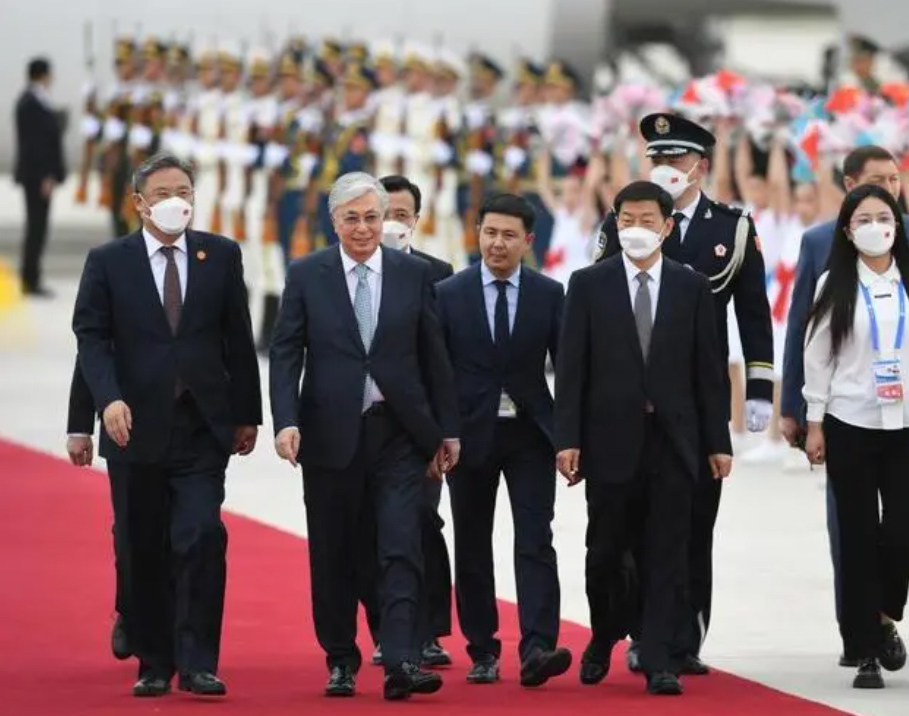
Transit potential in Central Asia is expected to increase further
Regarding the series of achievements of the China-Central Asia Summit, the interconnection between China and Central Asia, "after the increase in trade volume, it will also test whether the follow-up trade capacity between China and Central Asia can keep up in time."
In terms of connectivity between China and Central Asia, the list mentions a number of achievements, such as promoting the construction of China-Central Asia transportation corridors; promoting China-Central Asia railway transportation; improving transportation infrastructure, including new construction and upgrading of existing Railways and roads from China to Central Asia, etc.
The "possibility of studying and formulating the best transit transport scheme from Central Asian countries to and from Southeast Asia and other Asian countries" mentioned in the list of achievements is quite impressive. "In the past, Central Asia was more regarded as one of the transit points of the China-Europe Railway Express, but it cannot be ignored that the freight demand in Central Asia has been rising in recent years, and there is still a bottleneck in the transportation capacity between us and Central Asia."
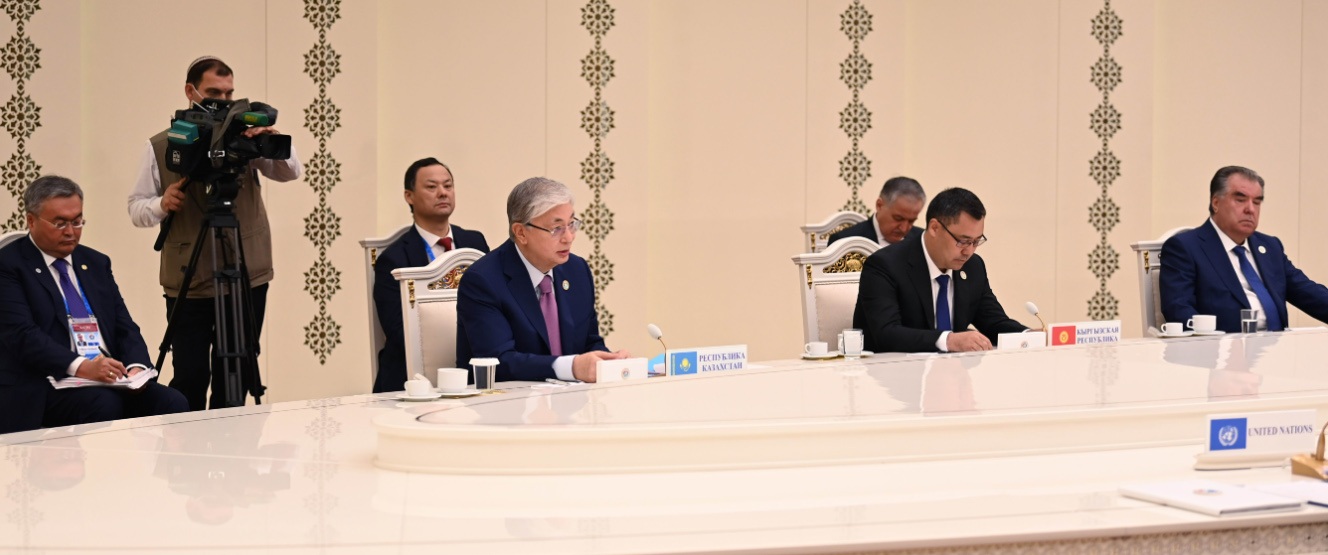
Taking Kazakhstan as an example, Kazakhstan's domestic data show that the cargo transiting Kazakhstan in 2022 will hit a record high, with a total of 23.2 million tons of transit cargo and 1.129 million standard containers. In the first quarter of 2023, the volume of container traffic continued to rise by 19%, reaching 313,000 TEUs. At the same time, the bilateral trade between China and Kazakhstan will exceed 20 billion US dollars in 2022, a year-on-year increase of more than 30%, and it is expected to reach 35 billion US dollars by 2030.
On the one hand, the trade volume between China and Central Asia has increased significantly. On the other hand, after the Ukraine crisis, some Western companies left Russia, which immediately strengthened investment in Central Asia and promoted the active trade in this region.
"Under the strong demand, the transportation capacity between China and Central Asia is limited.", "Even the transit cargo from some regions to Central Asia usually stays for as long as 2-3 months."
The meeting mentioned "the possibility of formulating the best transit transportation plan from Central Asian countries to and from Southeast Asia and other Asian countries", which reflects the potential that China-Europe Railway Express can play in the future trade between China and Central Asia, that is, Central Asia Not only can it be used as a transit transportation point for the China-Europe Railway Express, but it can also connect to Southeast Asia and other Asian countries from the local area.
It is understood that some companies have been heard of trying to transship goods from Vietnam to Russia via Chongqing. ASEAN is China's largest trading partner. According to data from the General Administration of Customs, in the first four months of this year, the total trade value between China and ASEAN was 2.09 trillion yuan, a year-on-year increase of 13.9%, accounting for 15.7% of China's total foreign trade value.
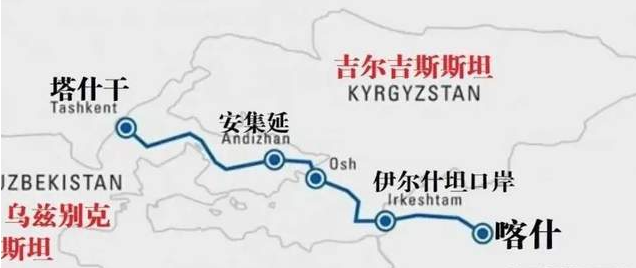
What are the major interconnection channels?
In addition to the trains with Central Asia as their destination, the Trans-Caspian Sea Corridor that Central Asian countries are currently promoting is also one of the trade channels that Chinese companies can actively participate in in the future.
The Trans-Caspian Sea Passage, also known as the "Middle Corridor". Unlike the previous passage through Russia, the freight transported through the Trans-Caspian Sea Channel mainly takes a ferry from the port of Aktau, Kazakhstan, first crosses the Caspian Sea, and arrives at the port of Baku in Azerbaijan. Then travel from the Baku Port Railway to the Poti Port in Georgia, and then take a ferry across the Black Sea to reach the Romanian Constanta Port. Finally, it is distributed to various parts of Europe via local railways.
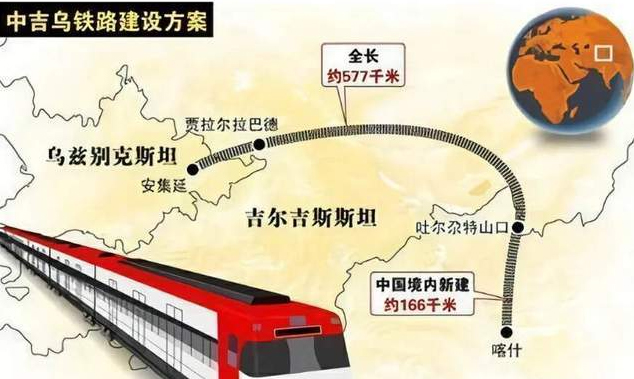
After the Ukrainian crisis, the traffic volume of this large land-sea trade channel that bypasses Russia has "heated up" significantly. According to the available data, the annual freight volume through the Trans-Caspian International Transport Corridor will be 6 million tons in 2022, equivalent to 80,000 20-foot standard containers, an increase of 33,700 containers on this route compared with 2021. 20-foot standard containers, an increase of 34%. The goods transported through this line mainly include non-ferrous metals, chemical products, tomato paste, ferrosilicon, bean products, and daily necessities for civilian use.
However, it is undeniable that problems such as long transportation distances, high costs, and serious mismatches of goods on the return journey restrict this land-sea channel. According to the internal calculations of the International Union of Railways before the Ukraine crisis, the volume of freight passing through Russia has reached about 1.5 million TEUs per year, while the available capacity of the Trans-Caspian transport corridor is estimated to be only 2% to 3% of the former. "Currently, it takes more than 60 days for the whole journey of the China-Europe Railway Express to pass through the Trans-Caspian Sea Corridor. The channel requires a lot of infrastructure investment and actively develops eastward trade with countries along the route to effectively improve the cargo delivery capacity and capacity of the Trans-Caspian Sea Corridor. transfer efficiency."
In addition, the "completion of the feasibility study of the China-Kyrgyzstan-Wuhan Railway and the accelerated construction of the railway" mentioned in the list of achievements also impressed everyone deeply. In mid-June last year, the railway finally ushered in a turning point after 25 years of shelving. At that time, both Kyrgyzstan and Uzbekistan stated that after the completion of the feasibility study, the China-Kyrgyzstan-Uzbekistan railway will start construction in 2023. After the China-Kyrgyz-Uzbekistan Railway is completed and put into use in the future, it can complement the Trans-Caspian Sea Corridor and further improve the southern channel of the China-Europe Railway Express. Pressure on other transit transport lanes.
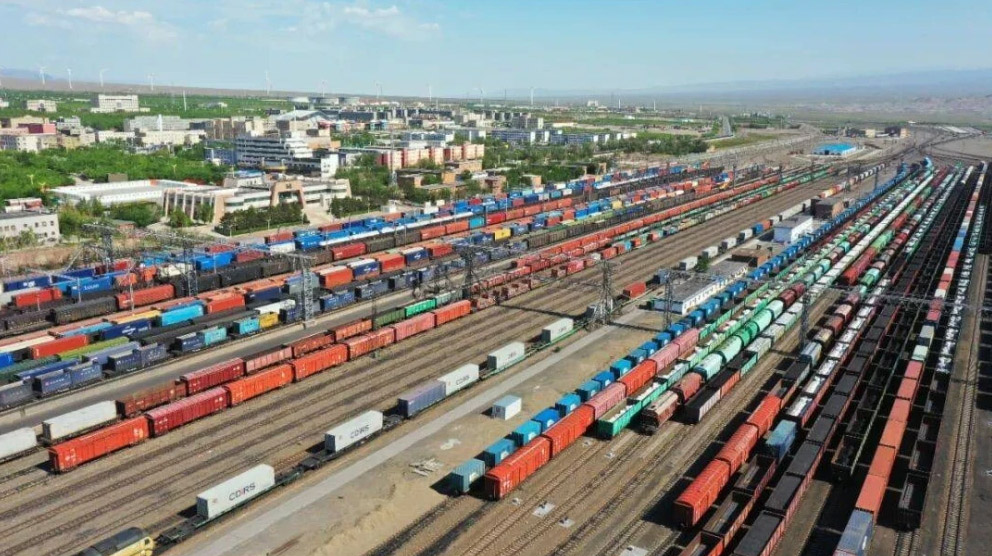
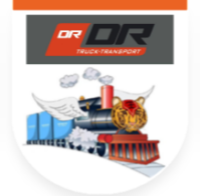




















 IPv6 network supported
IPv6 network supported